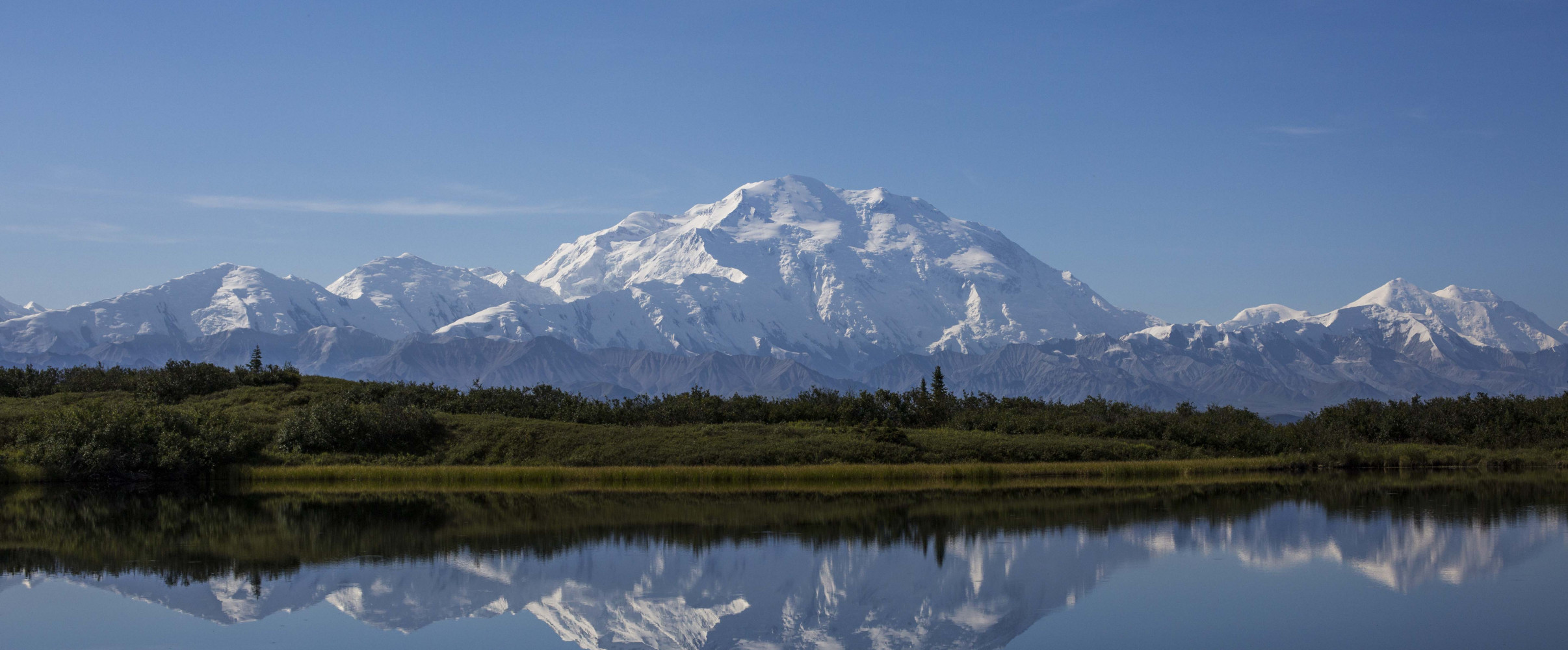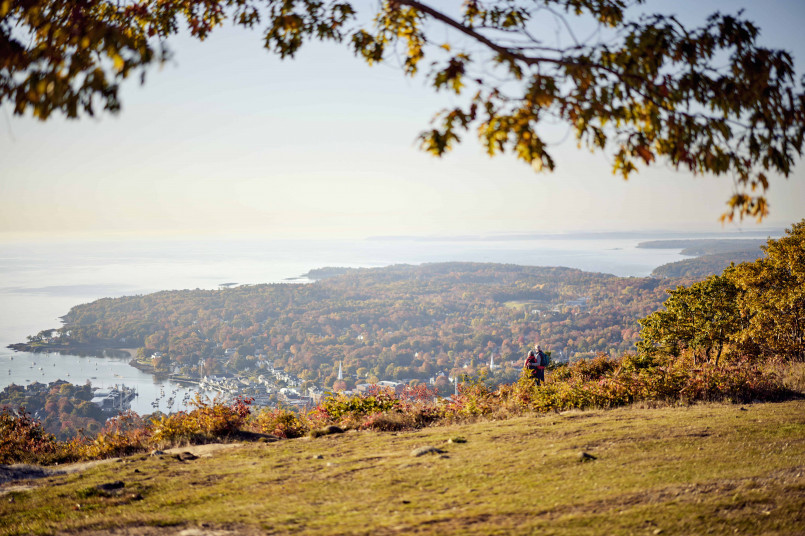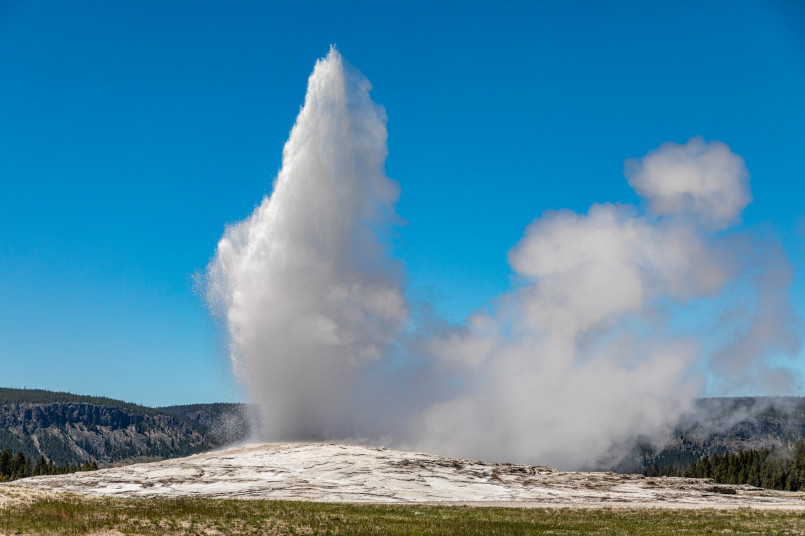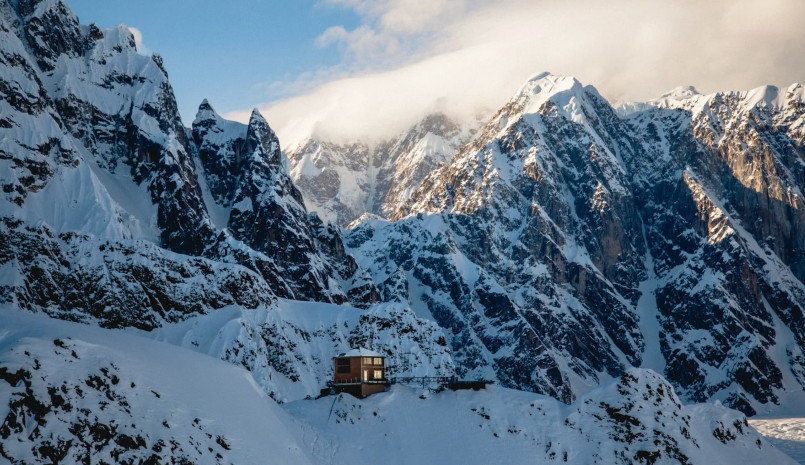The United States boasts some of the world's most magnificent mountains, with Denali in Alaska standing as the undisputed king at 20,310 feet. From the icy Alaskan ranges to the rugged Rockies and beyond, these towering natural monuments offer breathtaking scenery, challenging climbs, and windows into the geological forces that shaped our continent.
Towering above landscapes and scraping the sky, America's tallest mountains stand as magnificent monuments to the powerful geological forces that have shaped our continent. From the icy realms of Alaska to the rugged ranges of the Western states, these peaks inspire awe, challenge adventurers, and serve as ecosystems unto themselves.
While many might associate towering mountains with the Rockies or Sierra Nevada, America's truly highest summits are concentrated in Alaska, where the convergence of tectonic plates has created some of the most dramatic vertical relief on Earth. However, impressive peaks can be found throughout the country, each with its own unique character, history, and challenges.
Denali: Alaska's Crown Jewel
Reigning supreme at 20,310 feet (6,190 meters), Denali (formerly known as Mount McKinley) stands as the undisputed king of North American mountains. Located in the Alaska Range, this massive mountain has the greatest base-to-summit elevation in the world, rising approximately 18,000 feet from its base.
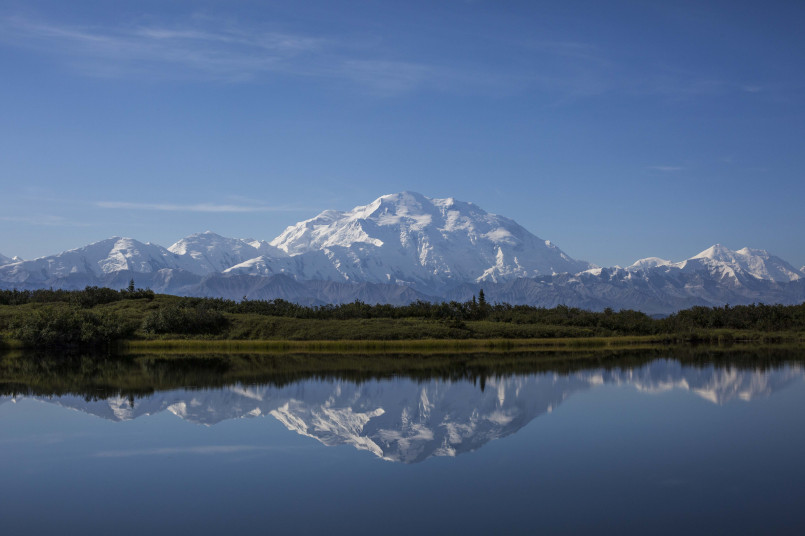
Denali, meaning "the high one" in the native Koyukon Athabascan language, features not just one but two significant summits - the South Peak (the true summit) and the North Peak (19,470 feet). The mountain's massive size creates its own weather systems, with temperatures reaching as low as -75°F (-59°C) and winds exceeding 100 mph (160 km/h).
First successfully climbed in 1913 by Hudson Stuck, Harry Karstens, Walter Harper, and Robert Tatum, Denali now sees approximately 1,200 climbers attempt the summit annually, with a success rate of about 50%.
Alaskan Giants: St. Elias Range
The next several highest peaks in the United States are also found in Alaska, primarily in the Saint Elias Range that spans the Alaska-Canada border. This mountain range contains some of North America's most spectacular peaks:
Mount Saint Elias - Standing at 18,008 feet (5,489 meters), this is the second-highest peak in both the United States and Canada, as it sits directly on the international border. First climbed in 1897, the mountain experiences some of the worst weather in the world.
Mount Foraker - At 17,400 feet (5,304 meters), this massive peak sits just southwest of Denali in the Alaska Range. Known as "Sultana" ("The Woman") in the Dena'ina language, it presents severe climbing challenges due to its remote location and harsh conditions.
Mount Bona - Rising to 16,500 feet (5,029 meters), this stratovolcano in the Saint Elias Mountains was named by Prince Luigi Amedeo after his racing yacht. Despite its height, it's considered one of the more accessible tall peaks in Alaska.
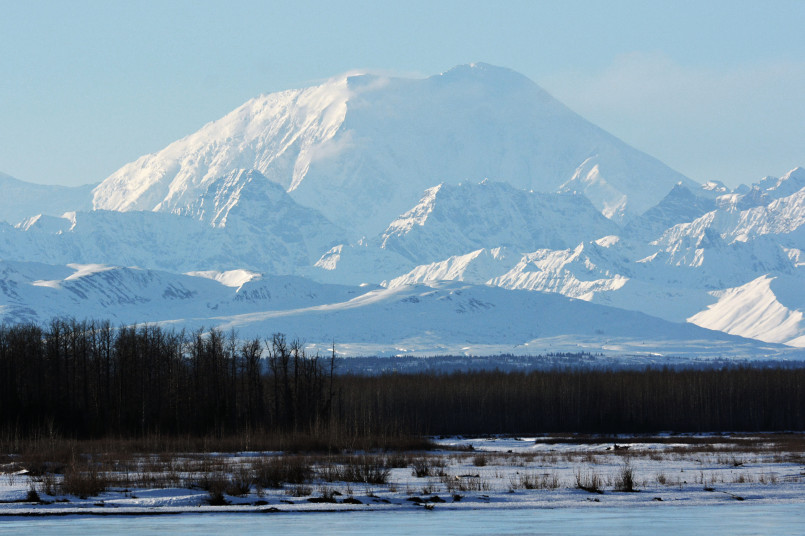
Mount Blackburn - The highest peak in the Wrangell Mountains at 16,390 feet (4,996 meters), this heavily glaciated mountain was named after Joseph Clay Stiles Blackburn, a Kentucky senator.
Tallest Peaks in the Contiguous States
Moving to the "Lower 48," the highest mountains are concentrated in Colorado and California, primarily in the Rocky Mountains and Sierra Nevada range:
Mount Whitney - At 14,505 feet (4,421 meters), this is the highest point in the contiguous United States, located in California's Sierra Nevada. Unlike many high peaks, Whitney can be climbed in a day without technical equipment during summer months, making it a popular destination.
Mount Elbert - Standing at 14,440 feet (4,401 meters) in Colorado's Sawatch Range, this is the highest summit of the Rocky Mountains. It's known for being a relatively straightforward climb despite its height.
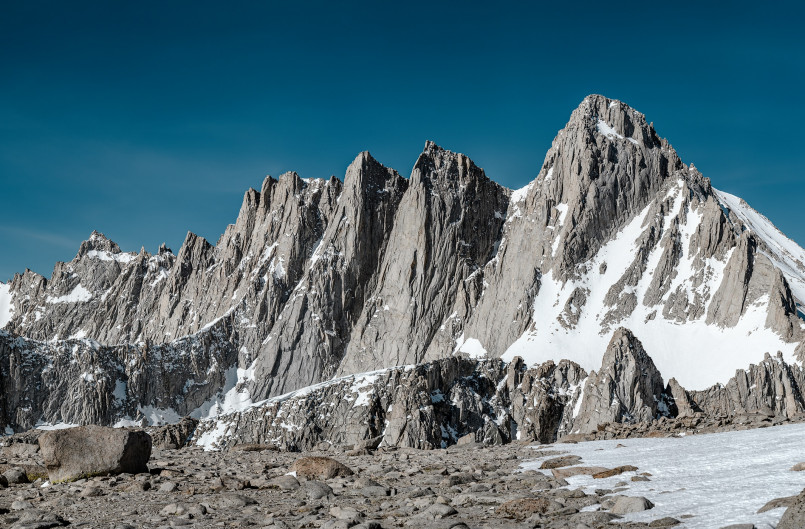
Mount Massive - At 14,428 feet (4,398 meters), Colorado's second-highest peak lives up to its name with a massive summit plateau containing five separate peaks over 14,000 feet.
Mount Harvard - Rising to 14,421 feet (4,395 meters) in Colorado's Collegiate Peaks, this mountain was named by members of the Harvard Mining School in 1869.
Mount Rainier - Though not among the five highest in the contiguous states at 14,411 feet (4,392 meters), this Washington state stratovolcano deserves mention for having the greatest topographic prominence in the contiguous U.S. and being one of the most dangerous volcanoes in the world.
Geology and Formation of America's Tallest Mountains
America's tallest mountains formed through different geological processes:
The Alaskan ranges resulted primarily from tectonic collision, where the Pacific Plate subducts beneath the North American Plate. This ongoing process continues to push these mountains higher, with Denali still growing by about one millimeter per year.
The Rocky Mountains formed 80-55 million years ago during the Laramide orogeny, when the Farallon Plate began sliding underneath the North American Plate.
The Sierra Nevada range, home to Mount Whitney, formed through a combination of tectonic uplift and volcanic activity, with significant granite intrusions creating its characteristic appearance.
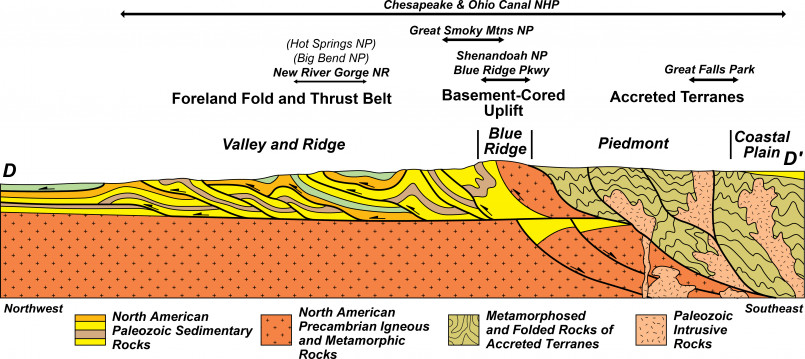
Many of these ranges continue to be shaped by glaciation, erosion, and in some cases, volcanic activity, making them dynamic rather than static features of the landscape.
Climbing America's Highest Peaks
Ascending America's tallest mountains presents varying degrees of challenge:
Denali is considered one of the world's most difficult climbs due to its extreme weather, high elevation, and remoteness. Most climbers take 2-3 weeks to attempt the summit, with mandatory glacier travel, potential for severe storms, and significant altitude challenges.
Many Alaskan peaks remain rarely climbed due to their remoteness and technical difficulty, with expeditions requiring substantial planning, resources, and experience.
By contrast, several 14,000+ foot peaks in Colorado (affectionately called "Fourteeners" by locals) can be hiked without technical climbing equipment during summer months, though altitude sickness remains a concern.
Mount Whitney sees thousands of hikers annually via its main trail, though winter ascents require mountaineering skills. The National Park Service issues permits through a lottery system due to high demand.
For those seeking to climb America's highest mountains, proper acclimatization, physical conditioning, technical skills (for many peaks), and respect for changing weather conditions are essential.
Conservation and Protection Efforts
Many of America's highest peaks enjoy protection through national parks, monuments, and wilderness designations:
Denali is protected within Denali National Park and Preserve, established in 1917 initially as Mount McKinley National Park.
Several Alaskan peaks fall within Wrangell-St. Elias National Park, the largest national park in the United States at over 13.2 million acres.
Mount Whitney is located on the boundary between Sequoia National Park and Inyo National Forest, with the Whitney Zone requiring special permits to limit environmental impact.
Colorado's highest peaks are largely protected within national forests, with special wilderness designations providing additional conservation measures.
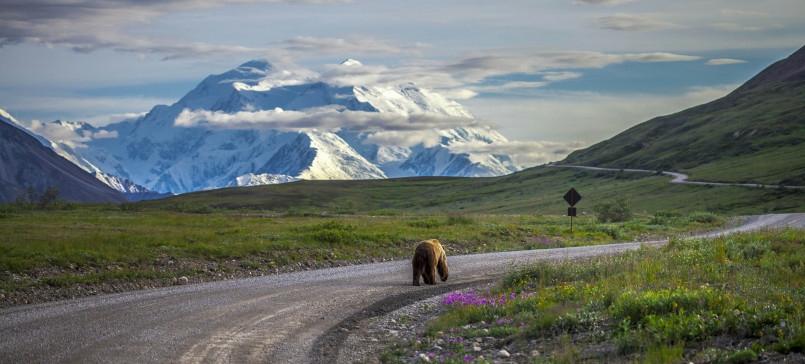
Conservation challenges include managing increasing visitor numbers, addressing climate change impacts on glaciers and ecosystems, and balancing recreational access with preservation. Many peaks are experiencing significant glacial retreat, altering both their appearance and the climbing routes used to access their summits.
Frequently Asked Questions About 15 Highest Mountains in USA: Breathtaking Peaks You Must See
What is the tallest mountain in the United States?
Denali (formerly called Mount McKinley) in Alaska is the tallest mountain in the United States, standing at 20,310 feet (6,190 meters). It's not only the highest peak in the U.S. but also in all of North America, with the greatest base-to-summit elevation in the world at approximately 18,000 feet from its base.
What's the tallest mountain in the contiguous United States?
Mount Whitney in California's Sierra Nevada range is the tallest mountain in the contiguous United States (the "Lower 48"), with an elevation of 14,505 feet (4,421 meters). Unlike many high peaks, Whitney can be climbed without technical equipment during summer months, though permits are required and often difficult to obtain due to high demand.
How many of America's tallest mountains are in Alaska?
The top 10 highest peaks in the United States are all located in Alaska. In fact, Alaska is home to the 20 highest peaks in the country, with Denali (20,310 feet) at the top. The highest peak outside Alaska is Mount Whitney in California at 14,505 feet, which ranks 21st overall among U.S. mountains.
When is the best time to climb Denali?
The climbing season for Denali typically runs from late April to early July, with June being the most favorable month. During this period, temperatures and weather conditions are relatively more stable, though still extremely challenging. Outside this window, extreme cold, high winds, and severe storms make climbing attempts extremely dangerous and generally inadvisable.
Do I need a permit to climb America's tallest mountains?
Yes, most of America's tallest mountains require permits. Denali climbers need a special mountaineering permit ($375 for foreign climbers, $275 for U.S. climbers) and must register 60 days in advance. Mount Whitney requires permits through a lottery system due to high demand. Many Colorado 14ers don't require specific climbing permits but may have parking or access fees. Always check current requirements before planning an expedition.
How are America's mountains being affected by climate change?
Climate change is significantly impacting America's mountains through accelerated glacial retreat, changing snowpack patterns, and altered ecosystems. On Denali and other Alaskan peaks, shrinking glaciers are changing traditional climbing routes and increasing hazards like rockfall. In the Rockies and Sierra Nevada, reduced snowpack affects water resources and alpine ecosystems. These changes are occurring at rates unprecedented in recent geological history.
